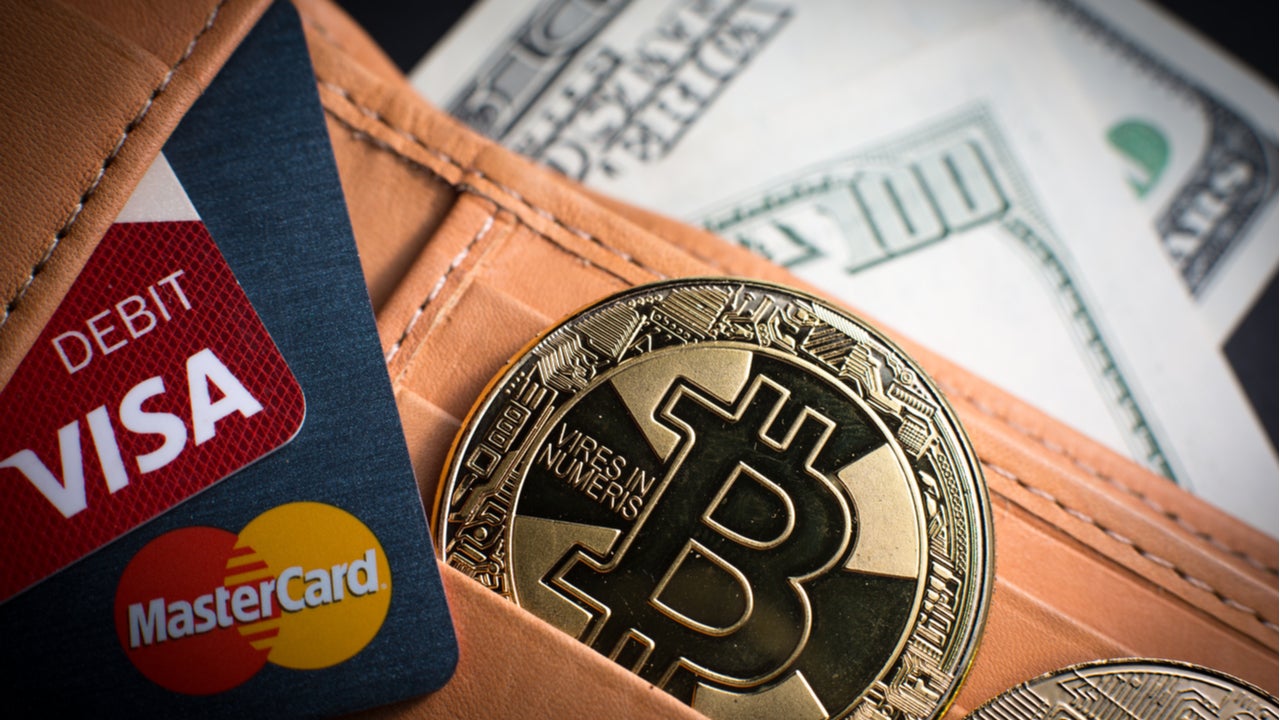Bitcoin is on everyone’s mind again, rising over fourfold in the last year by the time it reached its peak of $40,000. Its primary use has been a popular topic of discussion since it burst onto the scene. As the most well know cryptocurrency, bitcoin is often viewed as a medium of exchange, however, there is a strong argument that it is primarily a store of value. At the moment, investors are using it in the same way as they do with gold, namely, to hedge against inflation. This is likely to remain as it is fundamentally ill-equipped to function as a medium of exchange. Despite this, the speed and flexibility of transactions has driven a lot of innovation in the payments space. Read more about the underlying technology behind bitcoin in GlobalData’s upcoming Blockchain report.
Supply and demand
Bitcoin was designed to mimic the natural scarcity of gold. The number of bitcoins generated per one block halves every 210,000 blocks or roughly every four years. By 2140, when we will hit 21 million bitcoins, the supply will be exhausted. More than 16 million bitcoins have been mined to date, meaning we have more than 75% of the entire supply of bitcoin already.
For bitcoin to succeed and to have the necessary network effects to become a viable alternative to fiat currencies, demand will have to increase significantly. It is likely that, provided bitcoin remains popular, its demand will consistently outgrow its supply. This is a massive hinderance as it means that bitcoin will be deflationary by nature. Demand would have to grow at a slow pace to match the growth of supply, and this slow uptake may destroy the very network effects that are necessary to foster a fiat currency.
Deflation
The value of a fiat currency decreases over time as more is printed and it becomes less rare. A deflationary currency is inviable. It will mean that a bitcoin spent today would actually be worth more tomorrow. Therefore, users will be reluctant to spend bitcoin and would rather use a fiat currency to transact and keep bitcoin as a store of value. If the price never stopped rising, no one would ever want to get rid of their bitcoin unless they were pushed for liquidity. In this sense it shares similarities with gold, as Nakatomo intended, however gold is not a currency and rarely a medium of exchange. Also, a key difference is that gold retains some underlying physical value.
Bitcoin has pushed other services to innovate
With no central bank to minimize systematic risk and to stabilise the exchange rate, it is unlikely that bitcoin will ever reach the volatility levels of fiat currencies. However, many of the key exchange-related advantages of bitcoins such as secured and instant payments, at low cost, are being adopted by other services. Bitcoin has helped to drive the surge in P2P transfer services, such as Venmo and Remitly, that offer lower fees and more convenience than older services such as WesternUnion.
Bitcoin’s deflationary nature means that it’s future will be as a store of value rather than as an alternative to fiat currencies. Despite this, it has inspired innovation in blockchain, the payments space, and even spurred countries to look into creating their own digital currencies such as Sweden’s E-Krona or China’s Digital Yuan.

US Tariffs are shifting - will you react or anticipate?
Don’t let policy changes catch you off guard. Stay proactive with real-time data and expert analysis.
By GlobalData








